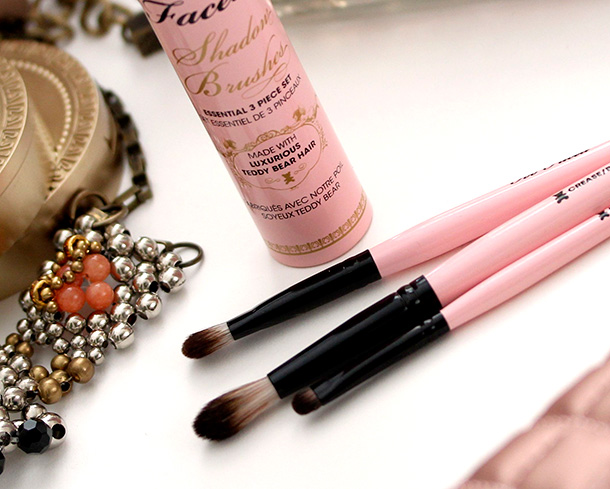The satisfaction of writing about films is that you get the opportunity to really articulate that rare moment when a movie comes together. It only happens once in a blue moon, when every little cog in the cinematic machine coalesces to create a masterpiece, but when it does, it’s something special.
And, you can feel it in your gut and all around you – although the speakers around the screen are blaring, there’s still that reverent, almost churchlike atmosphere when an audience is hooked, knocked into a stupor by the screen before them.
But, it’s easy to haver on about the big factors that create a quality production – the acting, the direction, the easy flow of the writing. What about the little things? What about the pieces of the machine that, although praised less, are vital to how a production looks?
The makeup and prosthetics people can sometimes be the true heroes of a cinematic production. Whether they’re using domestic products such as Proactiv or trapping actors in complex prosthetics, their work adds a subtle layer of tone to the cinema.
Just think of the sci-fi epics that have been enhanced by makeup departments – The Fifth Element, Blade Runner, Pan’s Labyrinth, Brazil. Every one of these films managed to forge its own style through makeup in ways that the comparatively soulless variation of CGI simply couldn’t match.
The Masterful Makeup Schools of Hollywood
Where do these beauty professionals come from? Well, like everything in the city of glitz and glamour, the makeup schools in Hollywood are reserved almost solely for the big screen.
One of the most renowned is the Cinema Makeup School, which offers intricate and in-depth courses that have spawned some of cinema’s great makeup designers.
First opened in 1993, the Cinema Makeup School was established to further the craft of cosmetics and prosthetics in the movies. Because, despite blockbuster sci-fi and effects-heavy horror films being made for decades, the department wasn’t as valued or advanced as it is today.
If you take a look at the films of the silent era, for instance, with a few notable exceptions like Nosferatu, all that was needed was white powder to brighten up the faces of the actors to give them better definition on camera.
The simplicity of this cosmetic technique can seen if you watch a Blu-ray copy of Psycho, where the higher definition means that you can visibly see the outline of the white gunk the actors are caked in.
Now, however, the world of film has advanced to ever-impressive special effects and prosthetic techniques. And, although CGI has become more popular in recent years, there’s still a great tradition of cosmetic techniques making actors and actresses look stunning, weird, frightening or glamorous.
So, the next time you’re in a multiplex, just have a look out for the smaller things on the screen, and appreciate the wonderful world of the makeup department.

